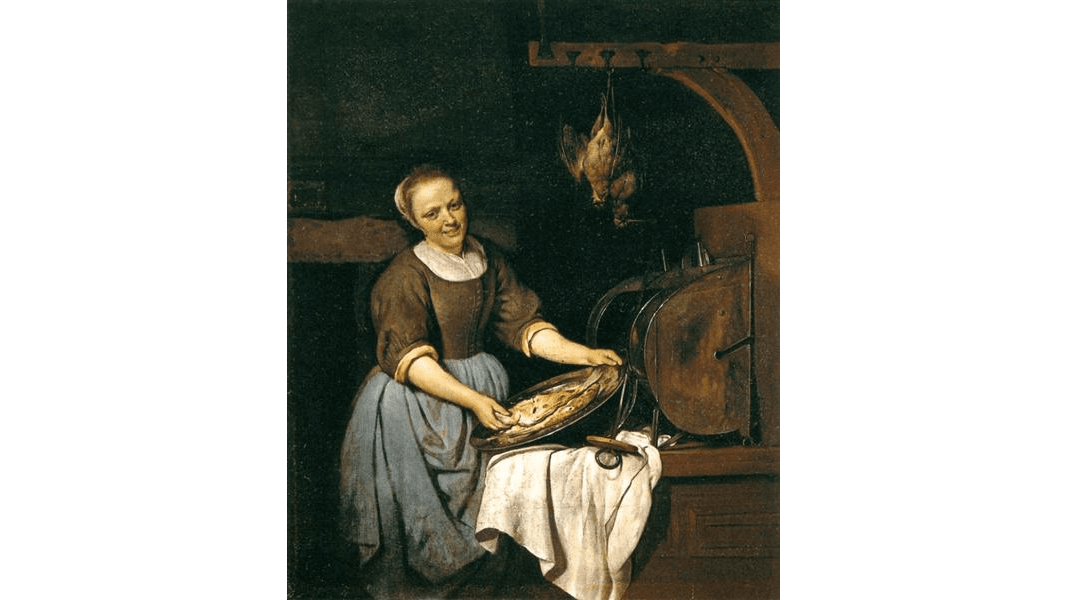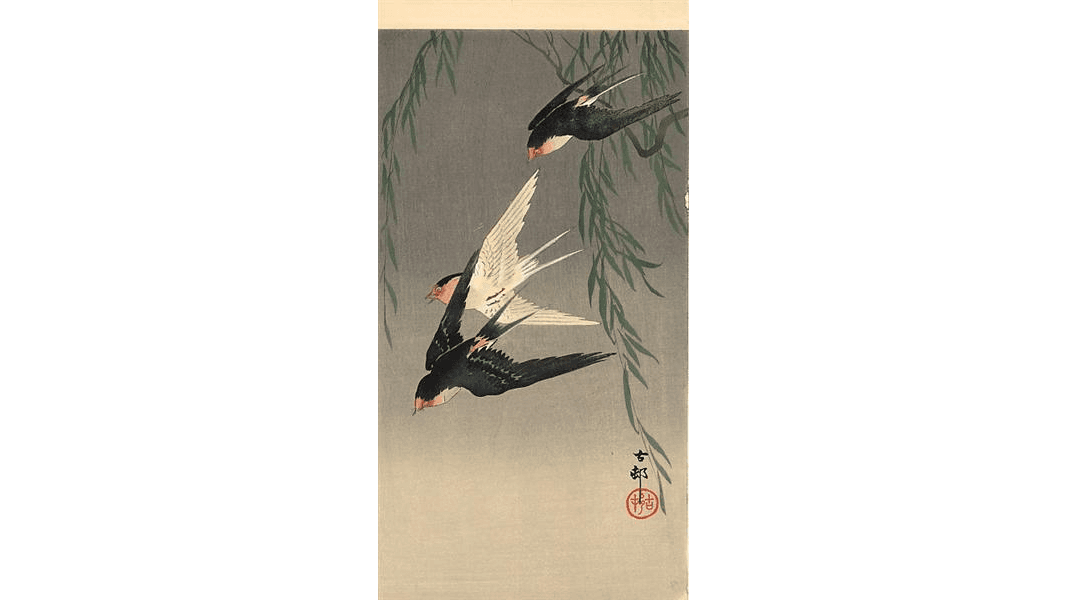Johnsy (or Joanna) lives with her new friend Sue in the New York neighborhood of Greenwich Village. Finding that they have much in common, these two young women decide to share a studio and make a living through art.
They befriended an elderly artist who lived on the floor beneath them, Old Behrman. He was “a fierce, little old man” who did his part to protect the young artists a floor above.
However, in November, pneumonia visits the village and infects Johnsy, who already had a weak constitution. The doctor informs Sue that Johnsy has a one-in-ten chance of survival. “And that chance is for her to want to live,” he says. If she believes that she will get well, she will have a far better chance.
After speaking with the doctor outside, Sue goes back in to see Johnsy and finds her counting the leaves of an old ivy vine. She counts backward as the leaves fall one by one to the ground. The sickness has greatly affected Johnsy’s mind: “When the last [leaf] falls I must go, too. I’ve known that for three days.”
Redeeming Oneself
A rainstorm ensues that night. The next morning, Sue wakes to find Johnsy’s eyes wide open. Johnsy immediately orders the window blinds to be pulled up: She wants to see the ivy vine. To her astonishment, one last leaf remains! Twenty feet above the ground, it still bravely clings to the branch. The two are astonished, for the wind and rain beat against it all night.With the help of this single leaf, Johnsy realizes her mistakes. She recognizes that she has failed to appreciate life and its beauty: “Something has made that last leaf stay there to show me how wicked I was. It is a sin to want to die.” She is determined to get better.
Through Johnsy, O. Henry shows us that when we admit our mistakes, we can redeem ourselves. Even as Johnsy was on the edge of death, she found the strength and courage to face death and get well.
What Johnsy was not aware of, before Old Behrman passed away, was that he did his part to give her hope.
Whenever our worst failures appear before us, we must face them bravely. We must acknowledge our weaknesses and be willing to change.
Henry shows, as Oscar Wilde says in “A Woman of No Importance,” that “every saint has a past, and every sinner has a future.” As we survey our many failures (with their varying degrees of severity), we should remember that struggles, sins, and temptations are part of our journey.
It is through sins and struggles that greatness is born. We, too, can look to the future, face our failures with courage, and rise above them.






